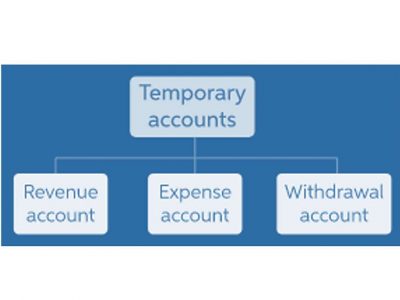
No matter the size of the company, businesses turn to the top 30 accounting firms in Singapore to receive excellent accounting and bookkeeping records. Using these services is so important because they help keep the awareness about the specifications of ACRA and IRAS. Yes, we offer a range of services beyond traditional accounting, including corporate financing, digital marketing, company incorporation, and payroll services. Our goal is to provide an all-encompassing solution to meet all your business needs, ensuring you have a seamless experience and access to expert advice across various domains. Timcole is a Singapore-based professional secretarial and accounting business. Their primary value is to serve all of their clients with quick, effective, and proven solutions.
Asia Experts Global Expansion:
The three key factors that we value in our professional advisory services are providing practical, proven, and fast solutions when we serve our clients. They provided a comprehensive variety of professional services to both businesses and individuals. Because of their international living and working experience, they turnover dictionary definition can put themselves in their expatriate customers’ shoes as they embark on their business adventure in Singapore. They are able to deliver quick and excellent client service because they completely understand and anticipate their demands, whether it is starting a business, handling bookkeeping, or obtaining an Employment Pass.
Corporate
- Corporate accounting is a specific branch of accounting that carries out accounting for companies.
- They are a group of award-winning mid-tier accounting firms, headquartered in Singapore with a presence in Malaysia.
- They have the opportunity to work with a lot of clients of diverse geographic locations in Asia, USA, UK, Malaysia, Singapore, India, Hong Kong, Brunei, the Middle East, South Korea, and Japan.
- You may have a better knowledge of your company’s financial state and activities using real-time accounting services.
- They are able to deliver quick and excellent client service because they completely understand and anticipate their demands, whether it is starting a business, handling bookkeeping, or obtaining an Employment Pass.
- When will you be unable to provide your investors with the information they require?
Their headquarters are conveniently placed in Novena, Singapore’s core business district. Their team at W.L.P Group consists of highly experienced professionals with extensive experience in Singapore corporate milieu; all sharing the common goal of achieving excellence in all of our professional services. Companies in Singapore entrust their bookkeeping and accounting services to Boardroom. You may anticipate outstanding outsourced accounting services led by best practices from their staff of authorized accountants. They can readily offer you with dependable accounting and bookkeeping services that comply with the Singapore Financial Reporting Standards thanks to their staff of qualified accountants (SFRS). Your accounting plan may be tailored to best top 5 bad accounting habits that could be holding your business back meet your needs, so you only pay for what you need, depending on the type of your firm.
Its mission is to be a leading accounting company in Singapore with a global reach. Since its inception, it has established offices in Singapore, Kuala Lumpur, Labuan and Hong Kong. KCA Singapore Startups/SMEs Accounting Services has a team that is well-prepared and trained for today’s technology environment. They work closely together to provide accounting services for Singapore startups using information technologies like XERO accounting for your monthly accounting services Singapore assignment.

Let’s delve into the world of Singapore’s best accounting and bookkeeping services, essential partners for companies aiming to thrive in this dynamic economic landscape. The business began by offering audit services to small and medium-sized organizations (SMEs), filling the service gap between the four multinational audit firms and smaller audit firms in Singapore, when it was founded in 1987. To better serve their clients, they’ve broadened their area of business to include a comprehensive range of services. If you’re looking for a reputable accounting business in Singapore to outsource your accounting tasks to, look no further than Intime.
Timcole Advisory – One Stop Solution for Your Business Needs
A reliable outsourced accounting company such as AG Assurance Pac can adequately manage your business’ end-of-month balance sheet profit and loss statement and ensure regular account reconciliation. By doing so, they are also able to better advise you on growing your business’ finances. In Singapore, Tn Corporate Management Pte Ltd. provides Accounting and Bookkeeping, Corporate Income Tax, GST, Company Registration, and Corporate Secretarial services. Experts at their company are qualified and can easily handle all types of professional services at your convenience. They help entrepreneurs grow their businesses by providing maximum benefits.
You’ll be able to concentrate on your main business while they take care of your accounting and bookkeeping needs. What sets AG Assurance Pac apart is our commitment to innovation, quality, and customer satisfaction. Proper research should be done before deciding to outsource your accounting operations to an accounting company. While it is fundamental to ensure that your business’ budget is able to afford the accounting firm’s hiring rate, it is not the xero vs wave only considerable factor. Looking through their list of past clients gives you a better idea of the accounting company’s reputation.
Fast response in our queries and all work are always within the timeline they mentioned beforehand. Since its beginning in 2011, OneStop has established itself as a company of Chartered Accountants and Certified Public Accountants in the corporate community. Create a company entirely online, submit requests to your company secretary at any time, sign documents digitally using their eSignature platform SleekSign, and administer your business through their secure online interface.





